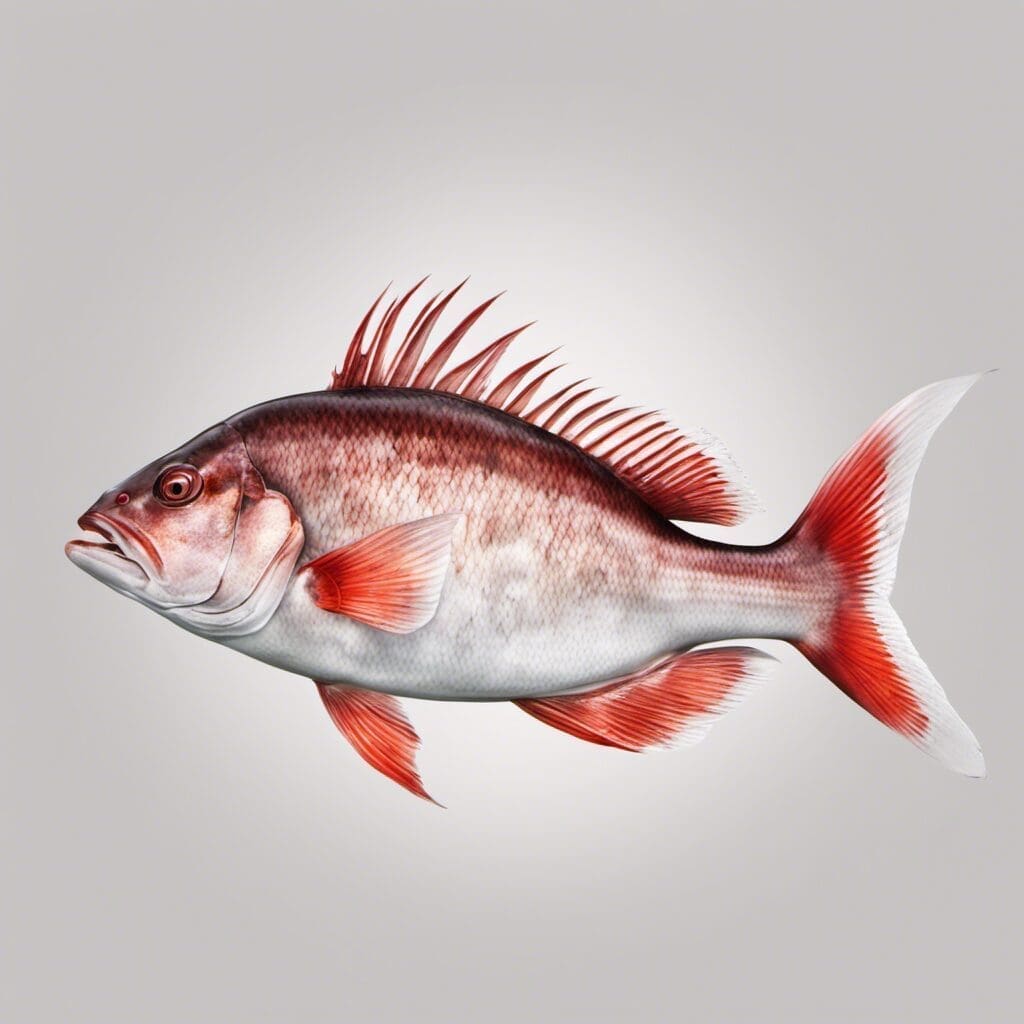Introduction
The Snapper, also known commonly as the Mullet, is a highly regarded game fish from the family ‘Mugilidae’. They are proud members of the wider species group, ‘Mugiliformes’, which consist of medium to large size predatory fishes.
Conservation Status
Currently, the Mullet species is listed as ‘Least Concern’ by the International Union for Conservation of Nature. This rating means that their population is abundant and widespread throughout their habitat. Nonetheless, effective and sustainable management practices are necessary to ensure the vitality of the species.
Statistics
| Characteristic | Average | Range |
|---|---|---|
| Length | 70 cm | 50-100 cm |
| Weight | 2.7 kg | 1-5 kg |
| Lifespan | 10 years | 5-15 years |
Distribution
The Snapper (Mullet) is widespread, inhabiting coastal areas in temperate and tropical regions worldwide. They migrate in large schools, seeking warmer waters in the winter and cooler waters in the summer.
Habitats
Mullets thrive in both fresh and saltwater environments, generally found at depths ranging from 0-120 meters. They can survive in temperature ranges of 26-30°C.
When and Where to See
The best time to see Mullet in their natural habitat is during their migration seasons, primarily in the summer and winter. In particular, dawn and dusk are when they’re most likely to surface.
Best Fishing Locations
While Mullets can be found across the globe, some top fishing locations include:
1. Florida, United States
2. New South Wales, Australia
3. Cornwall, England
4. South Island, New Zealand
If an exact location isn’t known, look for warm, shallow water regions, especially during the early morning or late evening.
How to Catch
Mullets are generally caught using nets due to their small mouth size making them hard for hook and line fishing. However, they can also be attracted to bread or cheese as bait. Dim light conditions are optimum for a successful catch.
Identification Guide
The Snapper (Mullet) is a robust fish with a torpedo-like shape and broad, triangular tail. Its blue-grey back, fading to a silver underside, and distinguishing yellow stripe along the sides, differentiate it from similar species.
Culinary
Mullet fish offers a soft yet firm meat with a moderate flavor profile. This fish, when cooked, provides a rich source of protein and omega-3 fatty acids. It’s often grilled, smoked, or used in soup recipes like Bouillabaisse.
Additional Information
Mullets are omnivores, consuming both plant and animal matter. They face minor threats from predators such as larger fish and birds. In some cultures, the Mullet is associated with wealth and prosperity due to its shimmering, gold-like colour.
References and Further Reading
• Fishbase. “Mugilidae”: Family Profile
• FAO Fisheries & Aquaculture: Aquatic Species Factsheet
• NOAA Fisheries: Striped Mullet
• Australian Museum: Sea Mullet
While the Snapper (Mullet) is a common fish known to many, their fascinating life processes and cultural symbolism endow them with an intriguing aura, igniting a sense of wonder amongst anglers and naturalists alike

